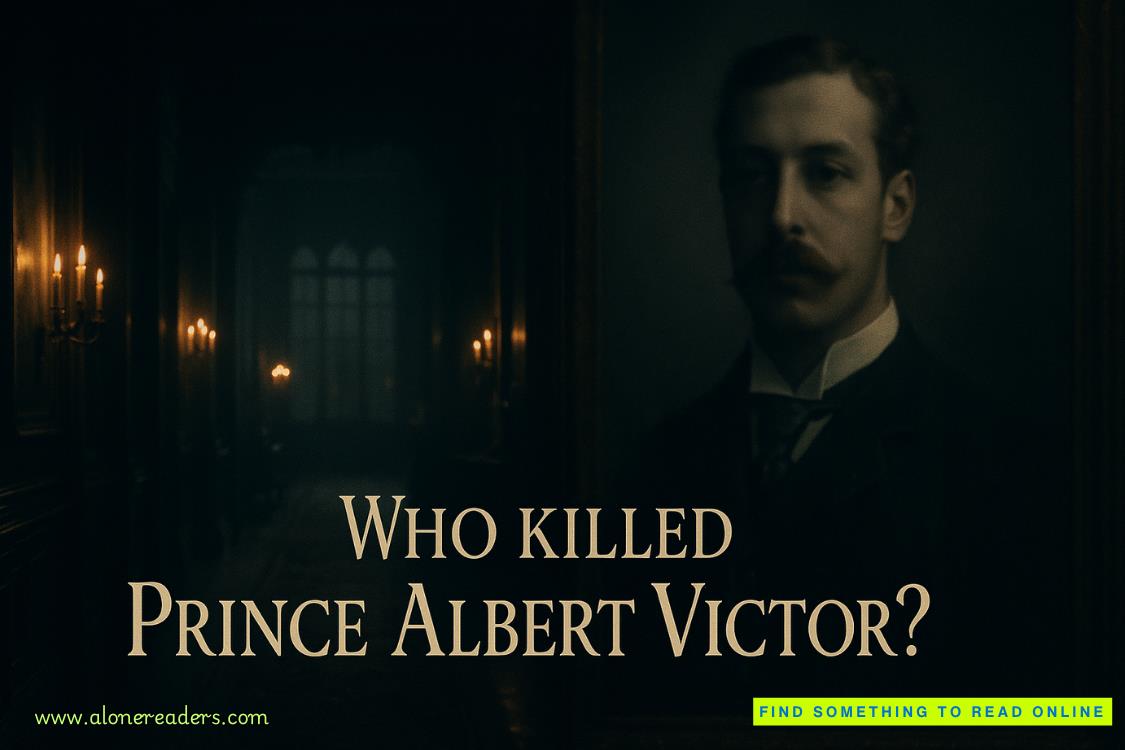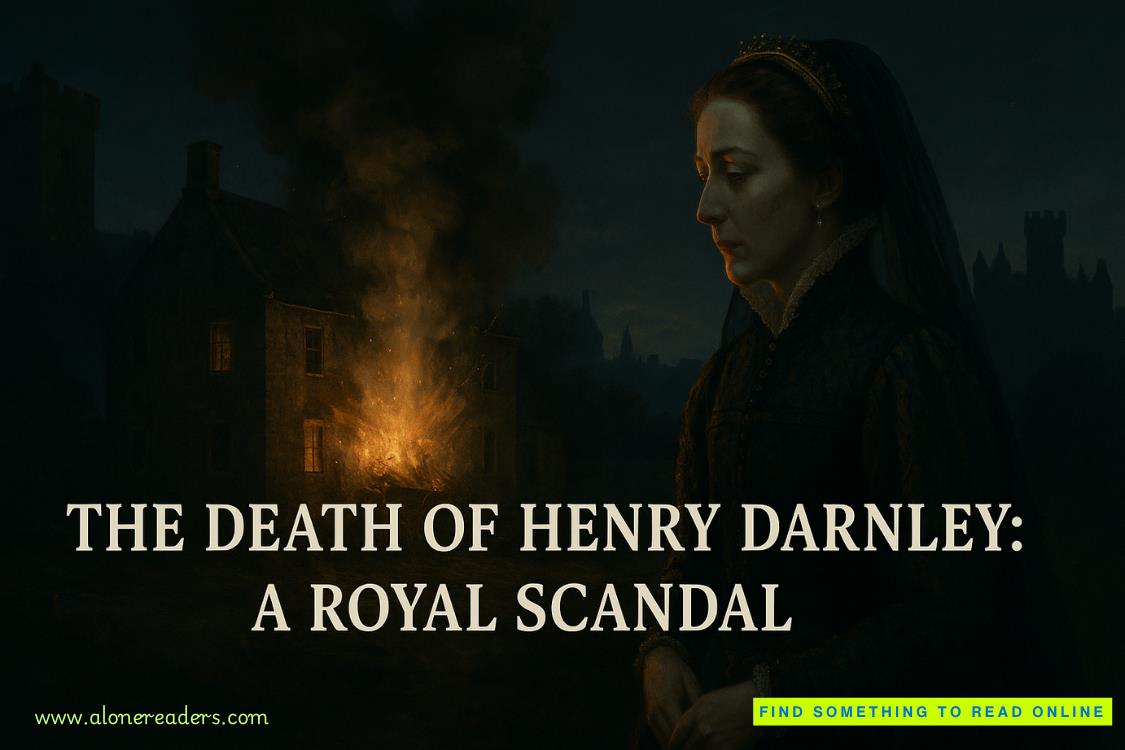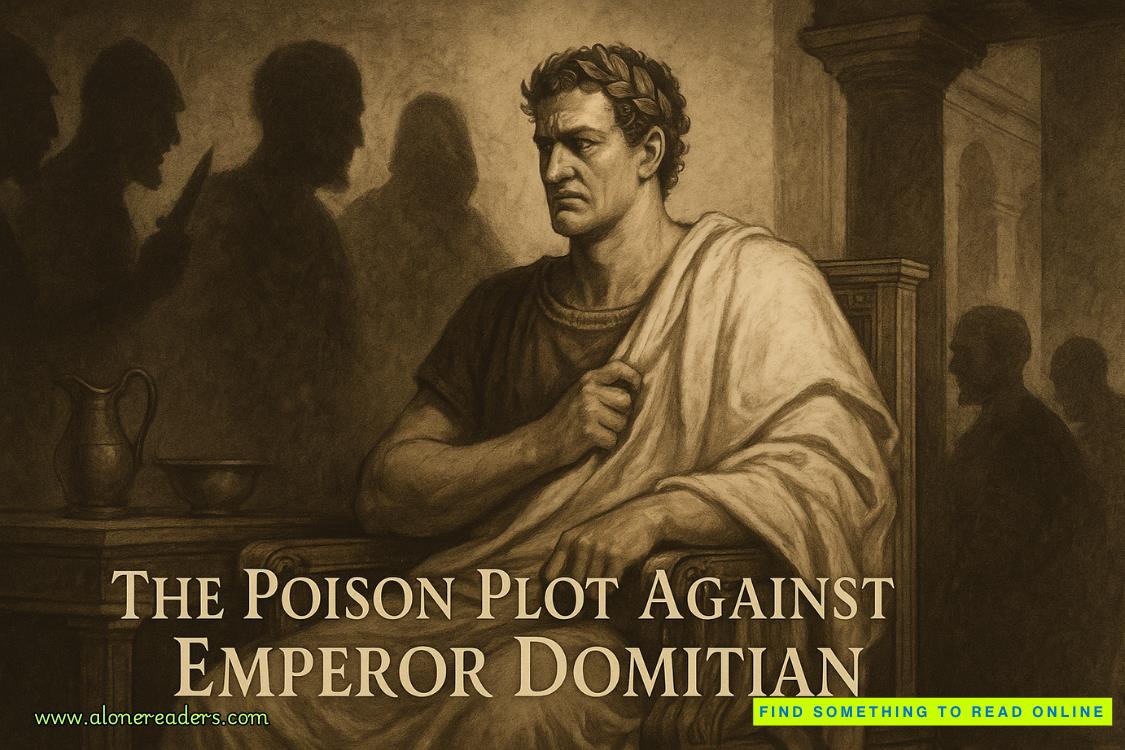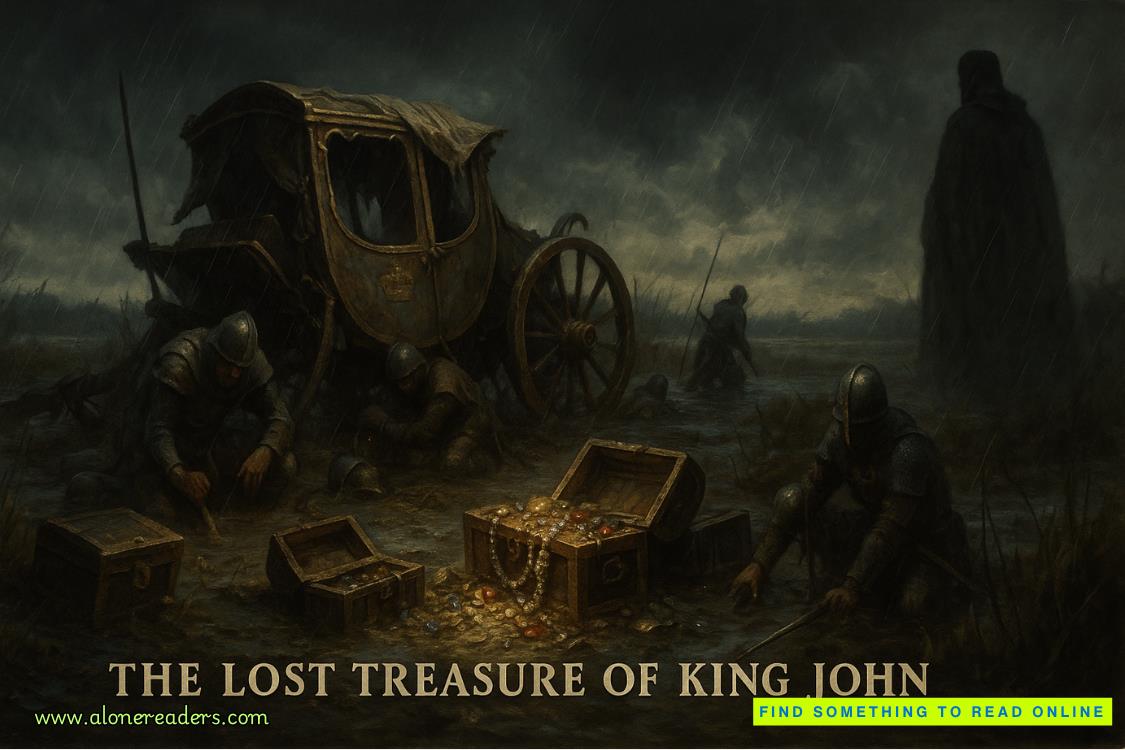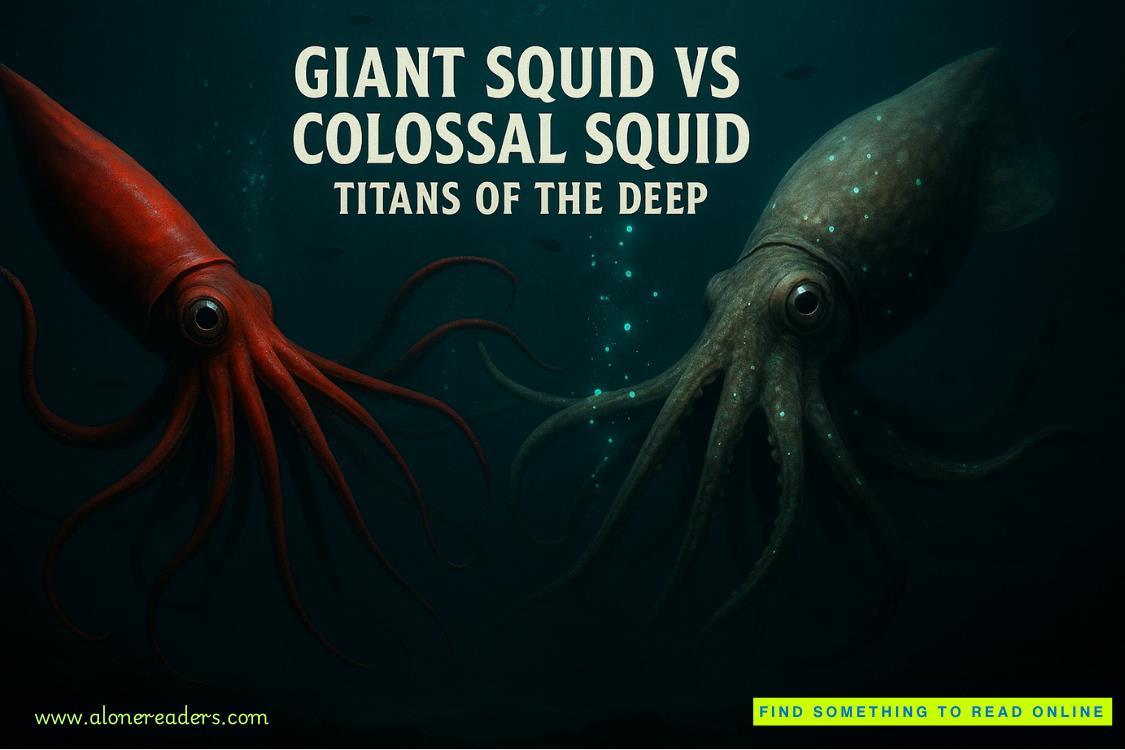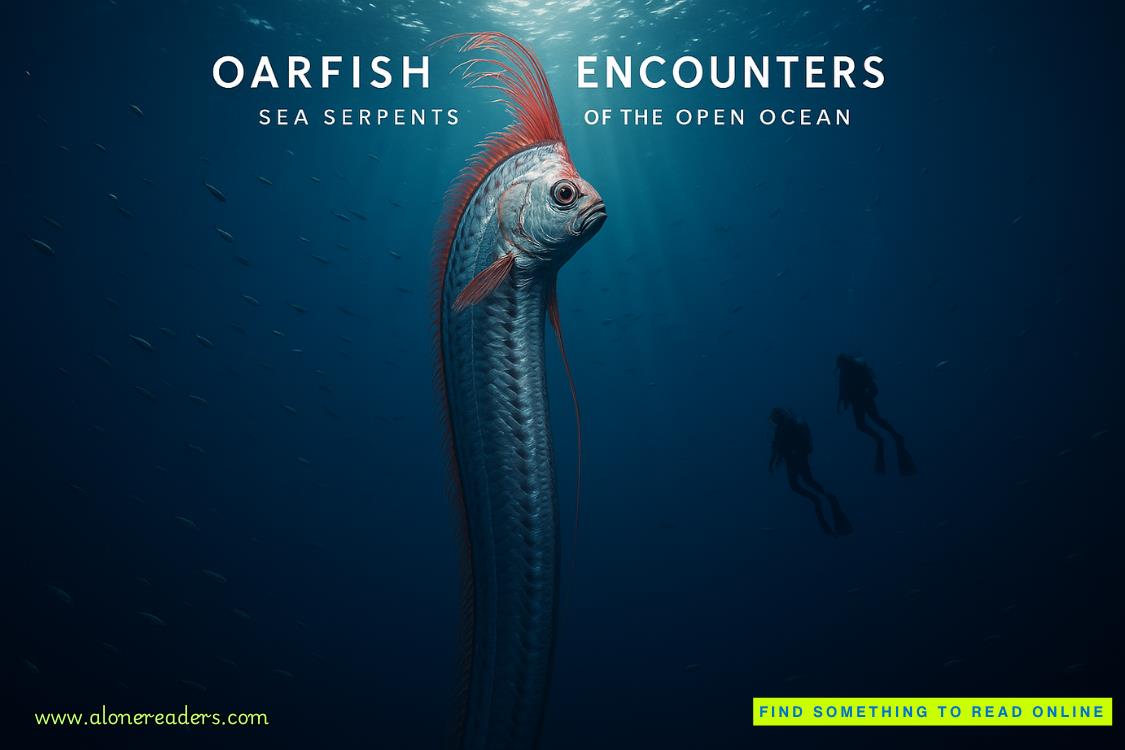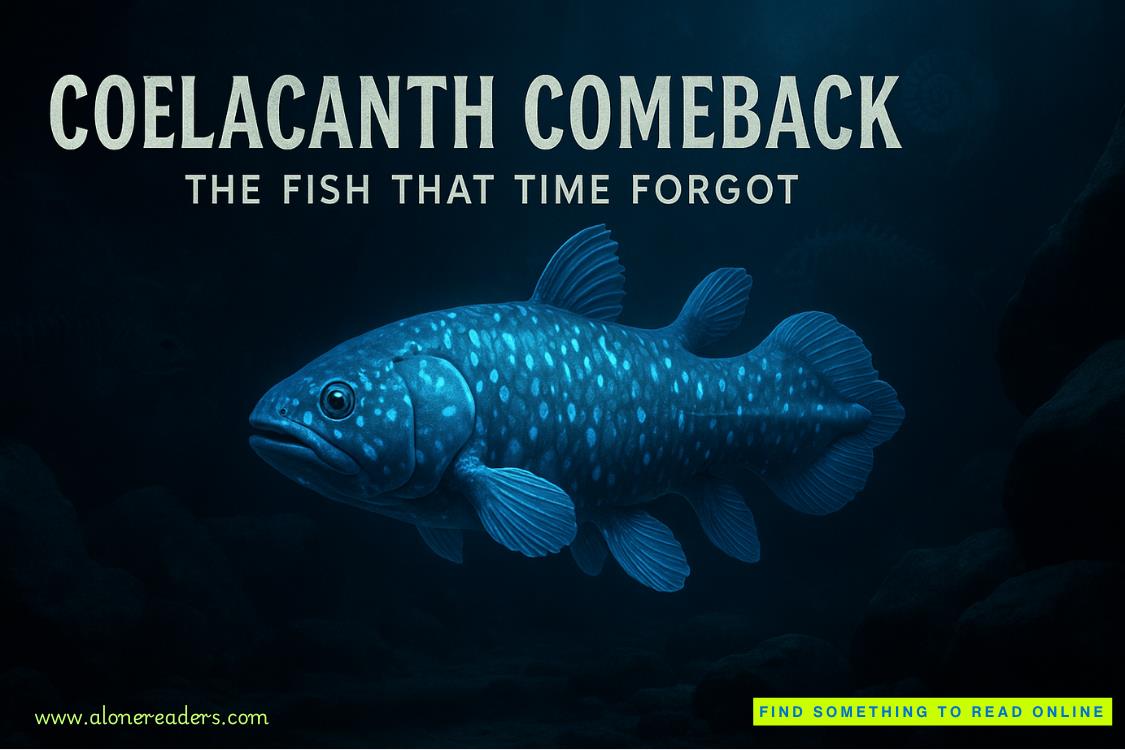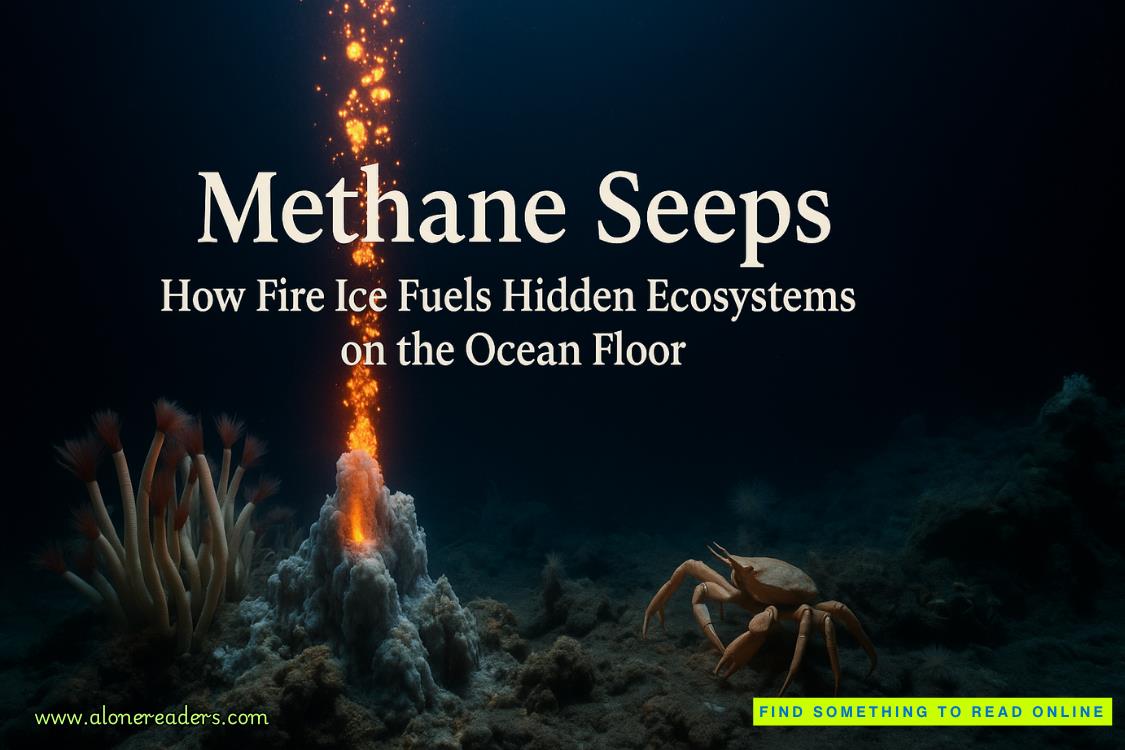Page 8 of Fire and Bones
Ivy’s shoulders squared. She nodded, then, receiving a signal that the camera was rolling, began in a voice deeper and more modulated than the one I’d just heard.
“With me is Dr. Temperance Brennan, consulting anthropologist to the Mecklenburg County Medical Examiner in Charlotte, North Carolina, and to the Laboratoire de Sciences Judiciaires et de Médecine Légale in Montreal, Canada.”
Doyle’s French pronunciation, usually mangled by reporters, was perfect.
“One of only a handful of experts ever certified by the American Board of Forensic Anthropology, Dr. Brennan is a specialist in the recovery and analysis of burned human remains. Thank you so much for being here, Doctor.”
“My pleasure.”
Christ. I sounded like a waiter at the Ritz.
“Dr. Brennan. The fire has been raging since approximately two a.m., and at least four people remain unaccounted for.” Slightly breathy. “The building is close to a century in age. Sections of its interior have collapsed. What are scientists up against in cases like this?”
“The search for victims can’t begin until the rubble has cooled and the surviving parts of the structure have been declared sound. Once those conditions have been met, search and recovery can begin.”
“I imagine the process will be slow and painstaking. What difficulties will searchers encounter?”
“One problem might be floor collapse.”
“Please explain that.”
“Though stone or brick walls may survive the flames, wooden floors may collapse and accordion down onto each other. Bodies of victims often end up at the lowest level under layers of debris. But not always.”
“Investigators are trying to establish the names of the missing. People known to live or be renting rooms in the building. How helpful will that information be?”
“Extremely.”
Doyle waited for me to elaborate. When I didn’t, “You say recovery will largely be a matter of working through layers.” She frowned, an appropriately troubled wrinkling of her brow. “What will searchers find?”
“It’s hard to say. Prolonged exposure to intense heat coupled with crushing pressure from the weight of fallen debris are not a good combination.”
A beat, then Doyle shifted gears.
“Once a body is brought to your lab, what procedure do you follow?”
“In the jurisdictions in which I work, a pathologist would be in charge. In a specialty situation, he or she would call for anthropological expertise.”
“A specialty situation such as a fire death?”
“Yes.”
“Because the deceased isn’t visually recognizable.”
“Yes.” Uncomfortable with such a grisly point.
“What would your role be?”
“I would help to establish identifications.”
“How?”
This interview was getting more detailed than I liked. Mindful of victims’ friends or relatives who might soon watch it, I chose my words carefully.
“I would examine the remains to determine age, sex, ancestry, height, the presence of medical or genetic anomalies—any particularities observable on the bones. I would construct what I call a biological profile. A forensic dentist would observe the teeth and create a dental chart.”
“You’re assuming these poor people will be burned beyond recognition.”
“I’m assuming nothing.” Sharper than I intended. Or not.
